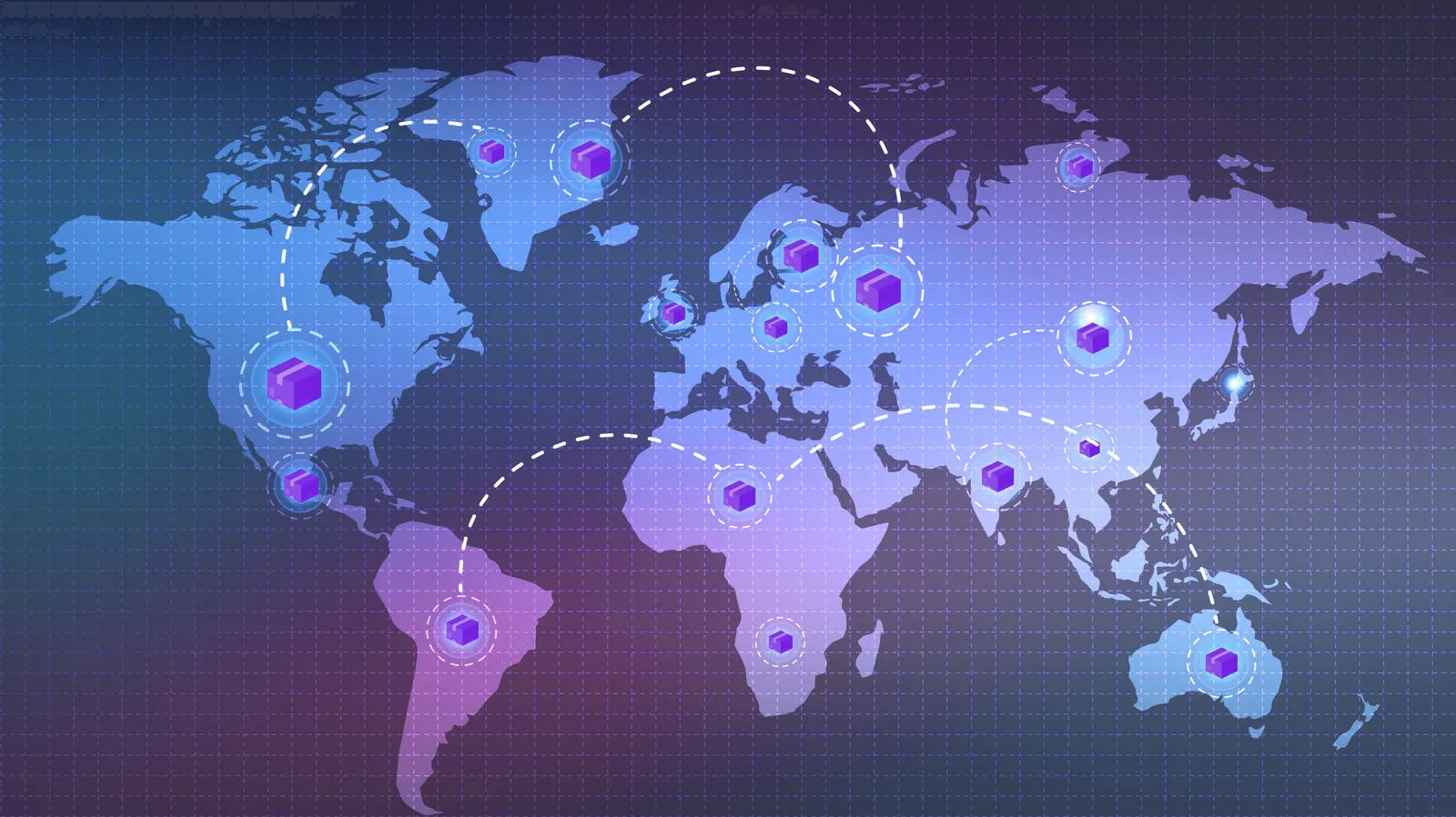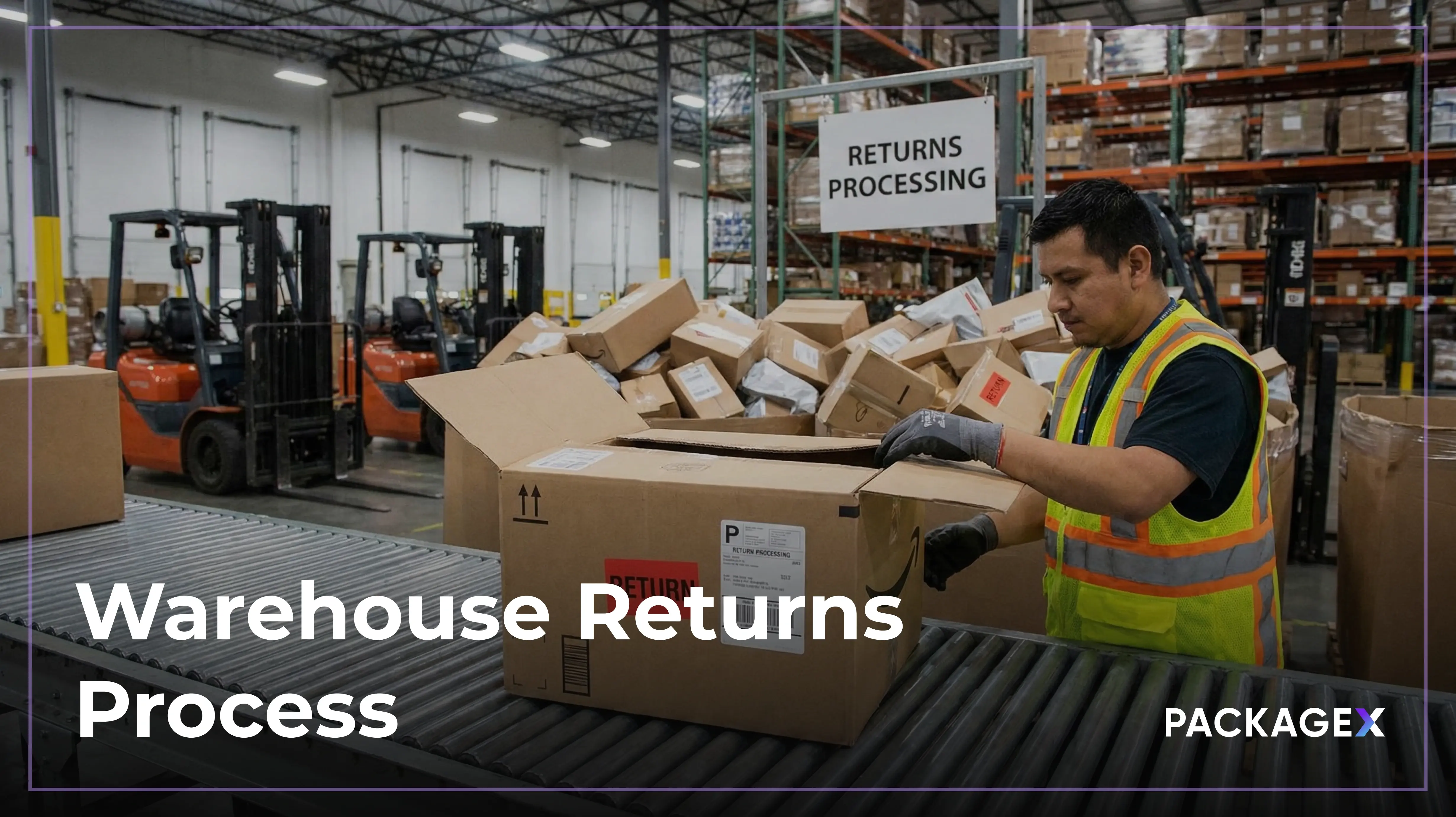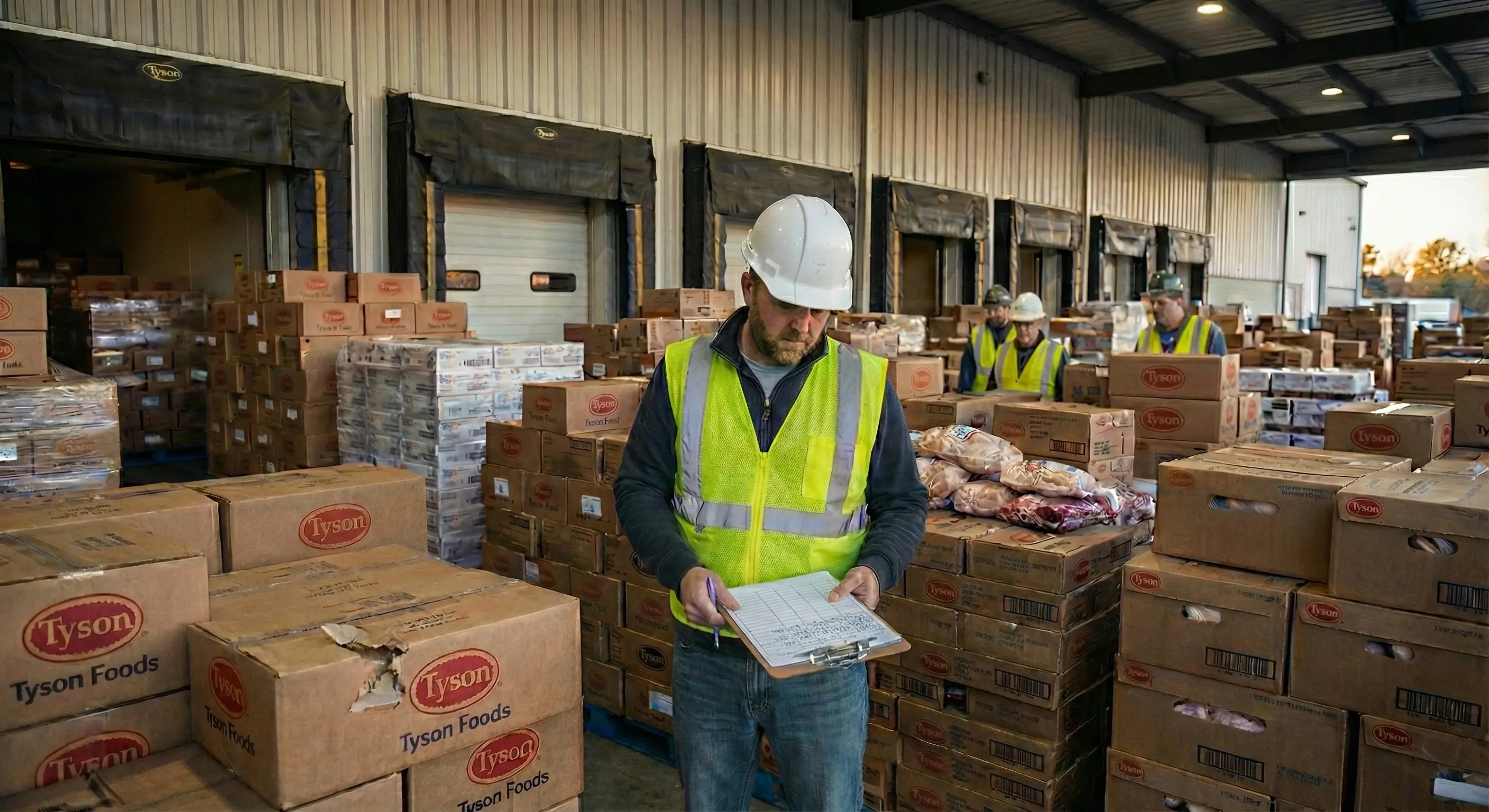Artificial intelligence is quietly reshaping the logistics landscape, so companies are rethinking how they deliver packages to customers more efficiently. Major players like Amazon, FedEx, and UPS are tapping into AI’s potential and seeing how it can smooth out the complexities of large-scale delivery networks. It’s becoming the unseen force behind the scenes, working through vast amounts of data on package locations, traffic patterns, and even potential weather disruptions. As a result, AI is making smarter, faster shipping possible.
But there’s more—AI is transforming how supply chains manage inventory by predicting what products will be needed, when, and where. AI-powered systems offer real-time monitoring capabilities by analyzing data from diverse sources such as weather, sea conditions, and vessel traffic. This constant flow of real-time data enables ship operators to make better-informed decisions, supported by automated alerts that help them navigate more safely and efficiently.
You can reduce the frequency of returns by improving fulfillment accuracy with AI, which means fewer items need to be sent back in the first place. When returns do occur, the management stages will flow smoothly, and items can quickly re-enter the supply chain.
Accelerating Shipping with AI in the Supply Chain
AI is transforming logistics and supply chains by making processes smarter and more efficient. In warehousing and logistics, AI supports supply planning through data analysis, taking into account production schedules, sales patterns, costs, and lead times. With this insight, businesses can more accurately set safety stock levels, reorder points, and replenishment schedules, keeping inventory flowing smoothly. Companies using artificial intelligence in supply chain management, such as Siemens, Unilever, Maersk, Tyson Foods, Walmart, and Koch Industries, are seeing significant improvements in efficiency, cost reduction, and decision-making across their logistics operations.
Artificial intelligence in supply chain management focuses on using machine learning and data analytics to automate and refine decision-making. It enables better demand forecasting, inventory control, and logistics coordination. AI also uncovers areas of waste and inefficiency in supply chain operations so you can cut costs. By optimizing inventory levels, cutting transportation expenses, and improving forecast accuracy, AI brings precision to supply chain management, helping businesses save time and resources.
How AI Logistics Leads to Faster Shipping
Let’s discover all the ways in which AI is supporting logistics operations to ship faster:
Inventory Optimization
AI helps ship faster by accurately predicting demand and placing items closer to customers. By analyzing data from various sources—like historical sales, weather, and social media trends—AI can forecast demand and ensure optimal stock levels. AI-driven demand forecasting greatly improves supply chain management by reducing errors and enhancing accuracy. This helps companies prevent lost sales, minimize product shortages, and ensure products are available when needed, ultimately supporting more efficient and reliable supply chains. Products are available when needed, so customer demand is easier to match without disruptions.
For example, Amazon uses generative AI to decide the best warehouse location for new products, cutting down on shipping distances and improving delivery speed (Curious? See how Amazon same-day delivery works) and sustainability. Shell also uses AI-driven solutions to enhance forecast accuracy and reduce inventory costs, showing the efficiency gains AI can bring to supply chains. You can understand this with the use of Large Language Models for supply chain optimization: Large Language Models (LLMs) can take human questions and turn them into optimization code, simplifying complex decision-making that used to need a lot of hands-on management. This shift cuts down the time and effort involved in running supply chain operations, helping to keep shipping moving faster and more efficiently.
End-To-End Visibility and Transparency
AI brings transparency to the supply chain- benefiting both businesses and customers. With real-time shipment updates, you get peace of mind about the movement of goods. Sensors embedded in containers and trucks continuously monitor location, condition, and environmental factors like temperature and humidity, allowing companies to anticipate issues and ensure product quality. This level of transparency, powered by data, strengthens collaboration and trust among everyone involved, making the entire supply chain more efficient and reliable.
Improved Warehousing and Fulfillment
Automated warehouse fulfillment improves efficiency and speeds up shipping. Tasks get done faster and more efficiently with robots equipped with computer vision and machine learning. These include picking, packing, and item identification. Warehouse robots can navigate complex environments and collaborate with one another to prioritize tasks, ensuring faster deliveries.
Amazon's AI-driven robots coordinate efficiently, with some stepping aside for faster deliveries. Similarly, Alibaba's Cainiao uses AI-powered autonomous vehicles for smarter fulfillment. As manual labout reduces, warehouses can fulfill orders more quickly, leading to faster shipping times.
Logistics Route Optimization Using Machine Learning
AI routing optimizes delivery by using machine learning and predictive analytics to address challenges like traffic, inaccurate addresses, and warehouse inefficiencies. It improves customer experience by speeding up deliveries and reducing costs. Analysis of traffic, weather, and delivery timelines defines the most efficient routes, leading to faster deliveries and lower transportation costs. This also helps cut fuel consumption, making the entire delivery process more cost-effective and environmentally friendly. The ability to adapt quickly makes AI-driven route planning highly efficient, especially when dealing with unpredictable conditions. With AI, logistics become smoother, faster, and more sustainable, which is good for both businesses and customers. Wondering how it’s much better than traditional routing? The table below summarizes how AI empowers routing:
One big advantage of AI and ML in logistics is zone-based route planning. This method ensures delivery vehicles don’t overlap within the same service areas, so the number of vehicles needed is based on the volume of orders.
What Are the Challenges of Using AI in Supply Chains?
Implementing AI in supply chains has significant challenges. Supply chain professionals are used to traditional methods like ERP systems and manual tools, making the transition to AI difficult. The main concerns are:
- Data authenticity and quality
- High implementation costs
- Data security risks
- Difficulty in adapting to change
- Customization and scalability issues
PackageX makes this easier by offering flexible, AI-driven solutions designed to boost warehouse efficiency and simplify everyday operations. With tools that tackle common data quality and adaptability challenges, PackageX is built to seamlessly fit into existing workflows.
Our platform provides a suite of interconnected APIs, SDKs, and apps that integrate smoothly with current systems. This interconnected setup allows businesses to customize their solutions without the usual hassle, making scalability far more manageable. We have a strong focus on digitizing logistics data, so data authenticity and quality concerns are addressed.
What Is the Future of Artificial Intelligence in Logistics?
AI is set to have a big impact on managing inventory and optimizing logistics routes. This technology helps reduce human errors and speeds up processes, smoothing workflows. As technologies like blockchain, digital twins, and extended reality emerge, AI’s role in logistics will keep expanding. It’s great at analyzing complex data, spotting potential challenges, and offering flexible solutions.
- Responsible AI Adoption: Responsible development and deployment are key for AI to truly enhance logistics efficiency, sustainability, and customer satisfaction. This requires strong data governance frameworks to ensure AI is used safely and ethically.
- Generative AI’s Potential: Looking ahead, the benefits of AI in logistics are limitless. A digital assistant could help shippers create customized shipping strategies, assess supply chain risks, and suggest ways to mitigate those risks.
- AI and Machine Learning in Logistics: The logistics industry is only beginning to explore AI and machine learning, but these technologies will continue to shape the future of shipping and supply chain operations in exciting new ways.
How PackageX Uses AI for Logistics to Enhance Efficiency
PackageX is all about making logistics work smoother with AI, cutting down on time and mistakes. We use AI to scan and digitize shipping labels in a flash—handwritten ones included. It's capable of handling millions of packages with just a fraction of the time it would usually take. This helps sort packages, route them, and send out notifications without bogging things down with manual work.
The system doesn't just help speed things up; it connects right to what you already use, making things flow better. Using AI for logistics helps businesses get real-time updates, which not only helps track packages but also keeps everything in check—making sure nothing goes missing. Book a demo now to find out how you can integrate AI into your logistics operations.
FAQs
How can AI make supply chains more sustainable?
AI helps organizations improve transportation routes and logistics by analyzing factors like traffic, weather, and fuel efficiency. This optimization makes deliveries more efficient and helps reduce emissions, contributing to a more sustainable operation.
How is AI used in logistics?
AI is making a difference in route optimization for logistics, something that traditionally depended on manual planning and often resulted in inefficiencies and higher costs. With AI, advanced algorithms come into play, analyzing key factors like delivery locations, traffic patterns, road conditions, and fuel consumption. This smooths the entire process, reducing time and costs while improving overall efficiency.
How does Amazon use AI?
Over half a million Amazon robots in the warehouse are revolutionizing order fulfillment by efficiently stocking inventory and sorting packages for quick delivery. Machine learning algorithms optimize the robots' picking routes across these large facilities. This setup speeds up the process, allowing Amazon to move around 1.6 million packages from the center to customers efficiently.





